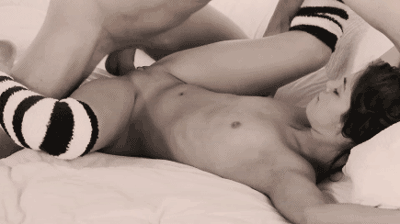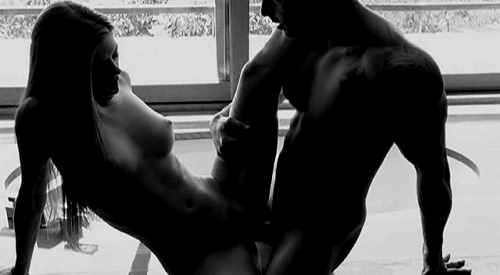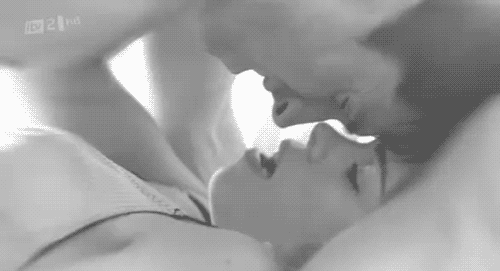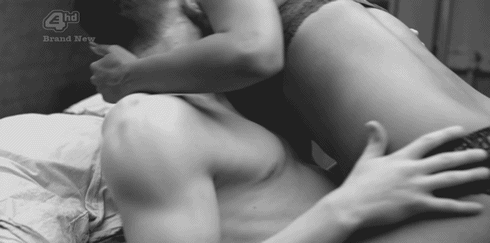The heart is the organ that helps supply blood and oxygen to all parts of the body. It is divided by a partition or septum into two halves, and the halves are in turn divided into four chambers. The heart is situated within the chest cavity and surrounded by a fluid filled sac called the pericardium. This amazing muscle produces electrical impulses that cause the heart to contract, pumping blood throughout the body. The heart and the circulatory system together form the cardiovascular system.
Heart Anatomy: Chambers
- Atria - upper two chambers of the heart.
- Ventricles - lower two chambers of the heart.
Heart Anatomy: Heart Wall
- Epicardium - the outer layer of the wall of the heart.
- Myocardium - the muscular middle layer of the wall of the heart.
- Endocardium - the inner layer of the heart.
Heart Anatomy: Cardiac Conduction
Cardiac Conduction is the rate at which the heart conducts electrical impulses. The following structures play an important role in causing the heart to contract:- Atrioventricular Bundle - bundle of fibers that carry cardiac impulses.
- Atrioventricular Node - a section of nodal tissue that delays and relays cardiac impulses.
- Purkinje Fibers - fiber branches that extend from the atrioventricular bundle.
- Sinoatrial Node - a section of nodal tissue that sets the rate of contraction for the heart.
Heart Anatomy: Cardiac Cycle
The Cardiac Cycle is the sequence of events that occurs when the heart beats. Below are the two phases of the cardiac cycle:- Diastole Phase - the heart ventricles are relaxed and the heart fills with blood.
- Systole Phase - the ventricles contract and pump blood to the arteries.
Heart Anatomy: Valves
Heart valves are flap-like structures that allow blood to flow in one direction. Below are the four valves of the heart:- Aortic Valve - prevents the back flow of blood as it is pumped from the left ventricle to the aorta.
- Mitral Valve - prevents the back flow of blood as it is pumped from the left atrium to the left ventricle.
- Pulmonary Valve - prevents the back flow of blood as it is pumped from the right ventricle to the pulmonary artery.
- Tricuspid Valve - prevents the back flow of blood as it is pumped from the right atrium to the right ventricle.
















